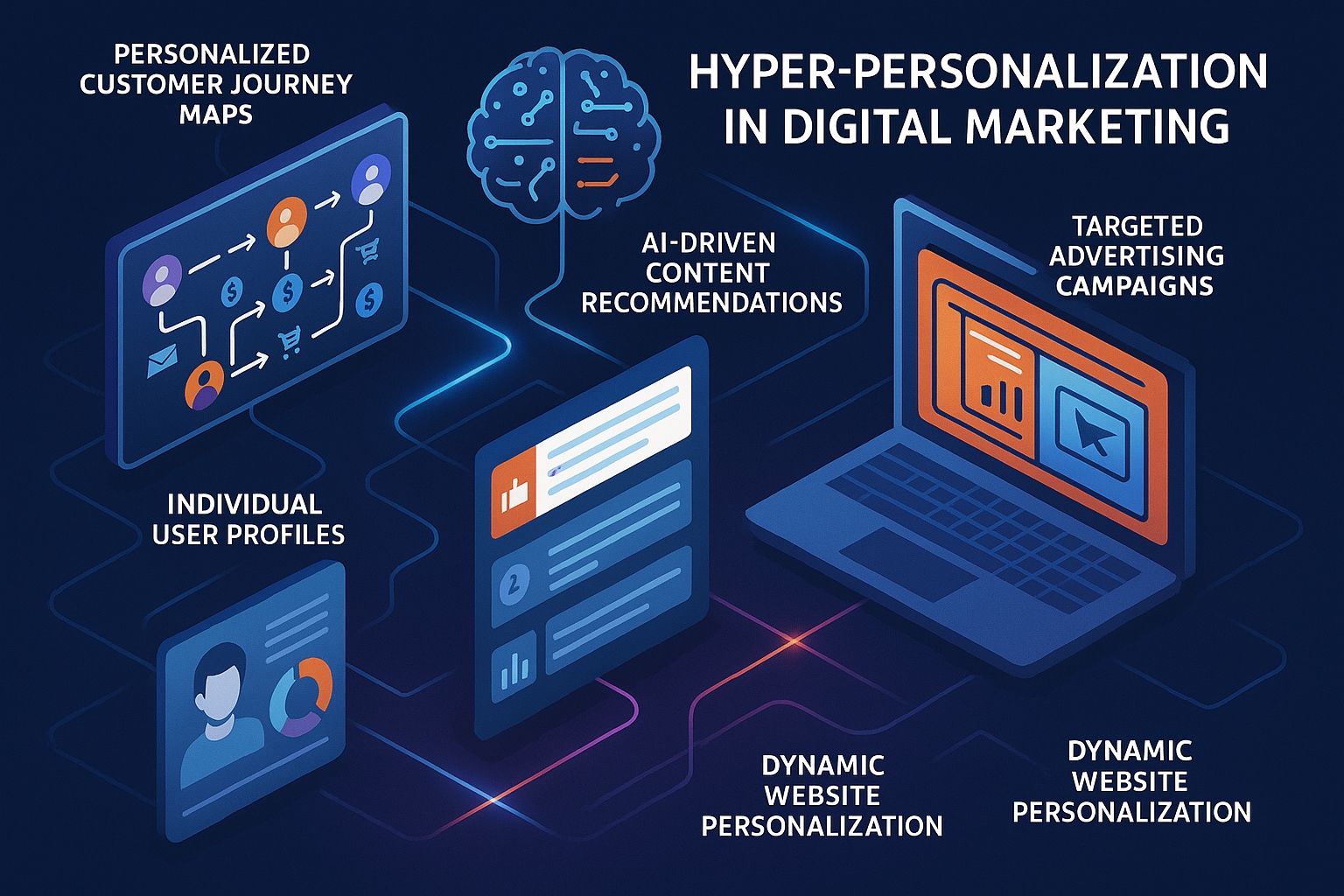
Improved replenishment strategies
The looming question is “How do I address what matters most to today’s New Retail customers?” Many retailers have learned, or are beginning to understand, that the list of what matters most to customers is long and fraught with difficult internal system and business process challenges. Today’s demanding consumers want:
- To make purchases through any channel (in store, mobile, kiosk or online)
- Accurate pricing in every channel
- Timely and relevant promotions and discounts
- Personalized products and services
- Products always available
- A wide range of fulfillment and shipping options, especially same-day delivery and “click and collect”
In light of these challenging demands that differ from years past, retailers must now ask: “Are my retail system connections relevant and providing the mutual value and competitive differentiation needed to attract and maintain a strong foothold on today’s New Retail customers?” Relevance is the operative word. Are the relevant system connections within your Retail Value Chain (RVC) delivering the most value to your customers’ demands, or do you have weak links in your system connections that undermine your customers’ buying journey?
Does your retail value chain deliver the most value to your customers?
Your RVC is a complicated, interrelated set of systems that collect, process, store and distribute information in support of retail business processes—from buying to selling. The breadth of collected and analyzed information supports decision-making, coordination and control of how effectively and efficiently you can improve RVC business processes in support of your digital retail customer demands.
That said, then your RVC must allow you the ability to show up at the right time and in the right way for the right customers, which is at the buying moment in their journey, either through your digital retail and brick and mortar retail channels. Two sides of the proverbial coin – the buy side (replenishment) and the sales side – inform the quality of the customer’s buying journey.
On the buy side, retailers must give careful consideration to improved replenishment strategies that modernize older mission-critical purchasing systems (e.g. EDI or paper based exchanges), which cause process friction points and major replenishment cycle slowdowns. They must ensure that they give what matters most to their New Retail customers and ensure that product is always in stock. On the sales side, retailers must decide how to enter the New Retail customer’s digital world and provide ubiquitous access to products, accurate pricing, availability and services no matter which channel consumers are using.
New Retail requires modern and digitalized replenishment processes
So where do you start? Let’s start with buy-side, which is key in driving sales, because without available products, there is nothing to sell. Being out of stock (OOS) is unacceptable for all parties involved. OOS can last for a short or long period of time that results in lost sales days and unhappy customers who shop and purchase elsewhere. A number of factors can create OOS (e.g. forecasting, replenishment, safety stock, etc.), and the list is too long for this blog; however, I will start with supplier replenishment, because it provides value for both consumers and retailers.
For some retailers, their supplier replenishment process works very well; however for others, it does not work so well. At issue are a combination of factors that includes older systems and cumbersome manual steps (e.g. fax, email, OCR scanning, etc.), which are all filled with detrimental friction points. As a result, a wide range of challenges that adversely impact both retailers and consumers include:
- Paper-based (e.g. fax or email) ordering, which leads to errors and costs retailers need time to resolve
- Slow replenishment cycles that can delay delivery of products ultimately to consumers
- Over stocking inventory due to slow ordering cycles which drives up inventory costs
- Higher degree of inventory loss due to theft, damage and dated products which impacts retailers’ profits
- Lack of accurate inbound product visibility so products can be shipped immediately to waiting customers
To resolve the supplier’s replenishment process inefficiencies, you need modern purchasing systems and to move all suppliers off paper-based processes into the digital world. When systems and suppliers are modernized and digitalized, you can achieve higher levels of process efficiencies, starting with faster replenishment cycles, lower inventory carrying cost and high inventory availability. More importantly, you can deliver what matters most to New Retail customers – high product availability!
Do you want to discover the New Retail possibilities with SEEBURGER Business Integration?
Take some time to review the following links. Learn how you can consistently deliver what matters most to your New Retail customers, starting with replenishment:
- Modernizing Purchase to pay
- Moving off of paper – Onboarding suppliers
- Moving off of paper – Supplier portal
Part 2 of “What Matters Most to New Retail Customers?” will focus on locating products for on-time fulfillment.
Source: https://blog.seeburger.com/what-matters-most-to-your-new-retail-customers/
 techfluxpro.com
techfluxpro.com
